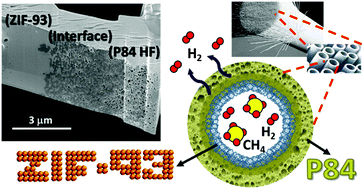Corrigendum: Cerebral cavernous malformations arise from endothelial gain of MEKK3–KLF2/4 signalling
Nature 536, 7617 (2016). doi:10.1038/nature18311
Authors: Zinan Zhou, Alan T. Tang, Weng-Yew Wong, Sharika Bamezai, Lauren M. Goddard, Robert Shenkar, Su Zhou, Jisheng Yang, Alexander C. Wright, Matthew Foley, J. Simon C. Arthur, Kevin J. Whitehead, Issam A. Awad, Dean Y. Li, Xiangjian Zheng & Mark L. Kahn
Nature532, 122–126 (2016); doi:10.1038/nature17178In this Letter we omitted to cite a relevant paper showing that loss of cerebral cavernous malformation (CCM) signalling confers an increase in KLF2 expression in endothelial cells and in the developing




